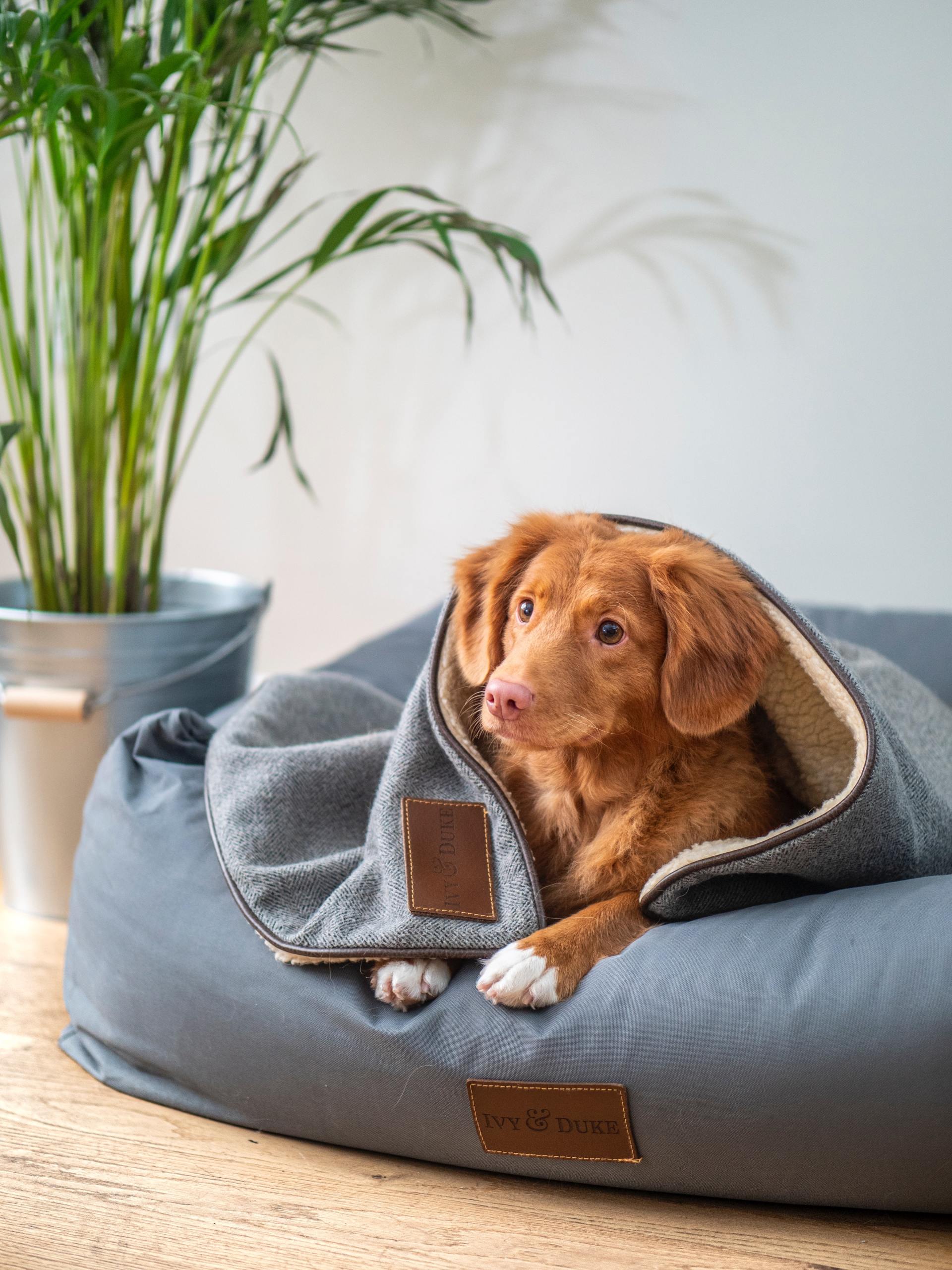Our Experts Are Ready to Help You
Pet Fence: How It Works
Pet fences come in handy when experiencing dogs that often decide to tour the neighborhood. You may have tried to contain your pet within the yard to no avail, whether it is chasing cars, running after people, or simply running after other neighborhood pets. Oftentimes, outdoor fencing works wonders for restricting your pets to your property. But what if you don’t want an outdoor fence or have no real way of installing fence on your property?
A pet fence is a great alternative to outdoor fencing and provides a way of control that is not visible.
Pet fences consist of at least two components, including a correctional collar and an electrical wire system. When your pet crosses over the underground wires, they receive correctional beeps, shocks, or sprays, which help train them to know their boundaries. Beeps are usually used as a warning to your pet that he or she is close to the boundary. The shocks are harmless and are essentially like scraping across carpet then touching a door knob. Sprays are usually citronella, which dog’s noses are sensitive to. Every pet fence carries different options, including a warning, warning/correction, just correction, or a combination of any three. The main purpose here is to help your pet be aware of his or her boundaries, not actually deter them like many people think. It typically must be used in conjunction with regular training.
The wires in the ground, typically one to three inches below, receive a transmitted RF signal from the receiver, which is placed in a dry location like a garage, shed, or on the side of the house. This signal acts as an antenna, transmitting a weak radio signal. Sometimes there are two signals with different amounts of power output, to allow for distance adjustments when the collar gets near.
The electric collars have receivers on them, which generate a response upon activation from the wire’s radio signal. They get close enough to receive the RF signal, leading to the activation of the collar. The collars often have a sensitivity control on them, allowing you to tailor the strength of the electrical shock. Depending on your pet, you may have to start at a higher level. Once your dog adjusts, you may be able to reduce the charge level.
Overall, a pet fence aids in pet training as a great pet containment system. It serves as a warning to your pet to stay within the boundaries. He or she can actually cross outside the borders if they truly desire, which means the training is essential to have in conjunction with the pet fence. These fences do not keep other pets out, unless they have the same collars too or compatible ones.
Testimonials

We would never have believed that Mikey could be trained that quickly and easily. We highly recommend Pet Stop to anyone contemplating an electric Pet Fence.
Susan P.

Our dog stays in the yard just the way they said it would.
Amy D.

It was obvious throughout the process that you truly care about Cody and making sure that we are happy with the fence
Rick M.
Get a $100 Voucher
Petstop Blog and Updates


Pet Stop Columbus is a registered trademark of Perimeter Technologies, Inc. GentleSteps is a trademark of Perimeter Technologies, Inc. Invisible Fence is a registered trademark of Radio Systems, Corp.
Shop
We carry many replacement parts to keep
your Pet Stop system working properly including

